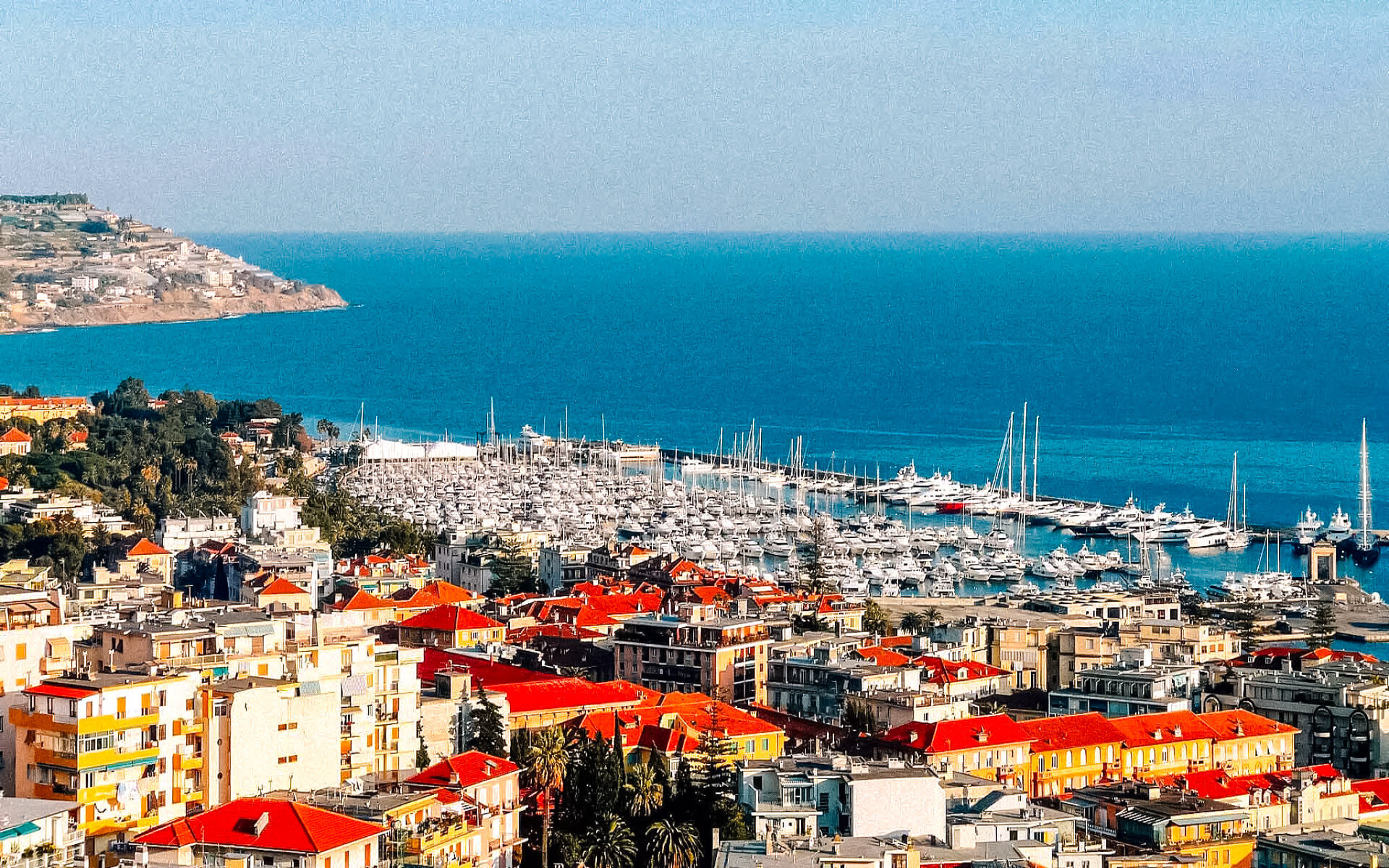Sanremo has a Mediterranean climate with hot summers (Köppen climatic classification Csa).
Sanremo is a renowned tourist destination due to its Mediterranean temperature and lovely seacoast location on the Italian Riviera. Aside from tourism, the city is involved in the manufacture of extra virgin olive oil, which has a protected regional “designation of origin” (D.O.P., Denominazione di Origine Protetta). It is an agricultural commodity in western Liguria, particularly in the province of Imperia. Sanremo is also known as the City of Flowers (la Città dei Fiori), which is an important element of the city’s economy. The surrounding villages of Arma di Taggia, Bordighera, and Ospedaletti are also active in flower farming for Sanremo’s international flower market.
The Municipal Casino, constructed in 1905, is an example of an Art Nouveau structure. The Ariston Theatre hosts an annual series of concerts, operas, and plays. The Symphony Orchestra is one of twelve symphony orchestras recognized by the Italian state; it plays around 120 performances each year, the majority of which are held at the Municipal Casino’s Opera Theatre.


